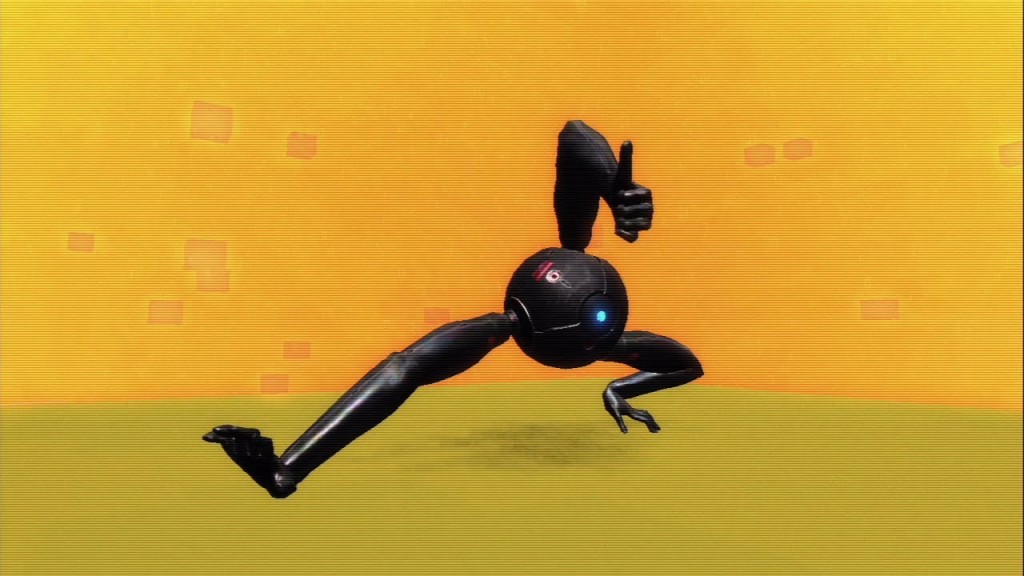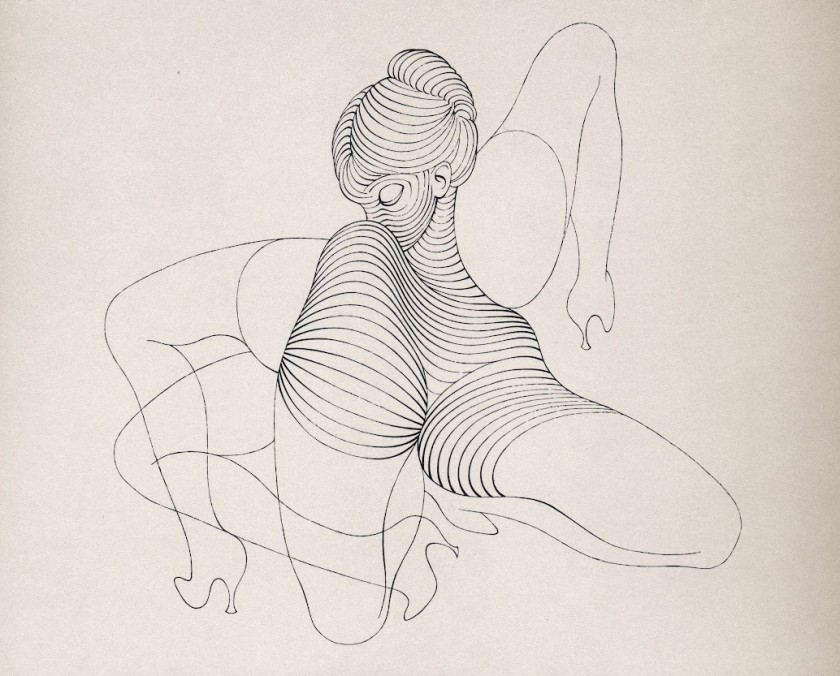
Still from a YouTube video by Diamond Dogs.
The gadget (creature?) pictured above is a Dwarf Gekko from the Metal Gear Solid video game series. According to an MGS fan site:
“Beyond using its three manipulator arms to move about, these unmanned weapons possess the dexterity to enter homes and office buildings, operate computer keyboards and open drawers to collect intelligence, and operate a handgun. Small enough to function unhindered in any space designed for human use.”
Something is profoundly creepy about the human-shaped limbs mounted on a robotic ball. It’s like an evil BB-8 designed by HR Giger with input from Hans Bellmer.

Drawing by Hans Bellmer. See more here (NSFW).
In real life, we make humanoid robots because they can navigate “any space designed for human use” — AKA the built environment as it currently exists. We can integrate them into manufacturing, warehouse stocking, and other types of repetitive manual labor. This will potentially have a huge economic impact within a couple of decades, and it’s much easier to get there if we don’t need to rebuild every facility that will be affected. We can slide into the automated future factory by factory instead of jumping in everywhere all at once.
Despite its potential to shape this trend, Boston Dynamics, originator of the infamous BigDog robot, has been put up for sale by Alphabet (Google’s parent company). Apparently the executives at BD haven’t tried hard enough to generate revenue in the near-term. Bloomberg Business also reported that Google’s internal PR apparatus was not keen on BD’s efforts to make androids:
“After [Boston Dynamics’] latest robot video was posted to YouTube, in February, Google’s public-relations team expressed discomfort that Alphabet would be associated with a push into humanoid robotics. […] ‘There’s excitement from the tech press, but we’re also starting to see some negative threads about it being terrifying, ready to take humans’ jobs,’ wrote Courtney Hohne, a director of communications at Google and the spokeswoman for Google X. […] ‘We’re not going to comment on this video because there’s really not a lot we can add, and we don’t want to answer most of the Qs it triggers,’ she wrote.”
The term “uncanny valley” usually refers to the point when an animated human is not quite perfect, but really close — it turns out that being slightly off is much more unsettling than an obvious caricature. We need a similar term for the visceral reaction to repurposed humanness, like the Dwarf Gekko’s three limbs.


Comments are closed.